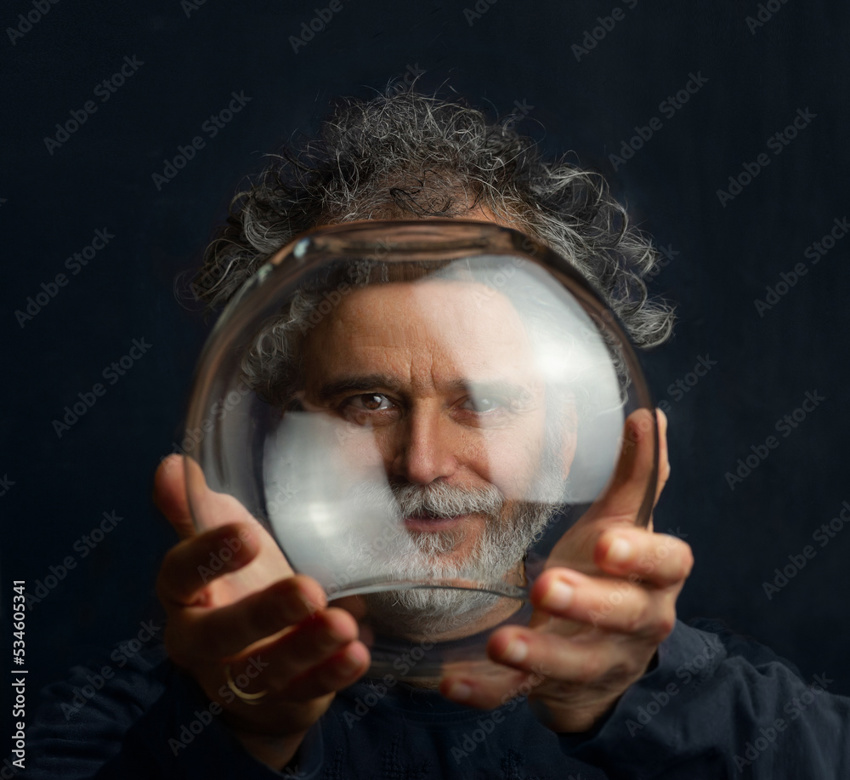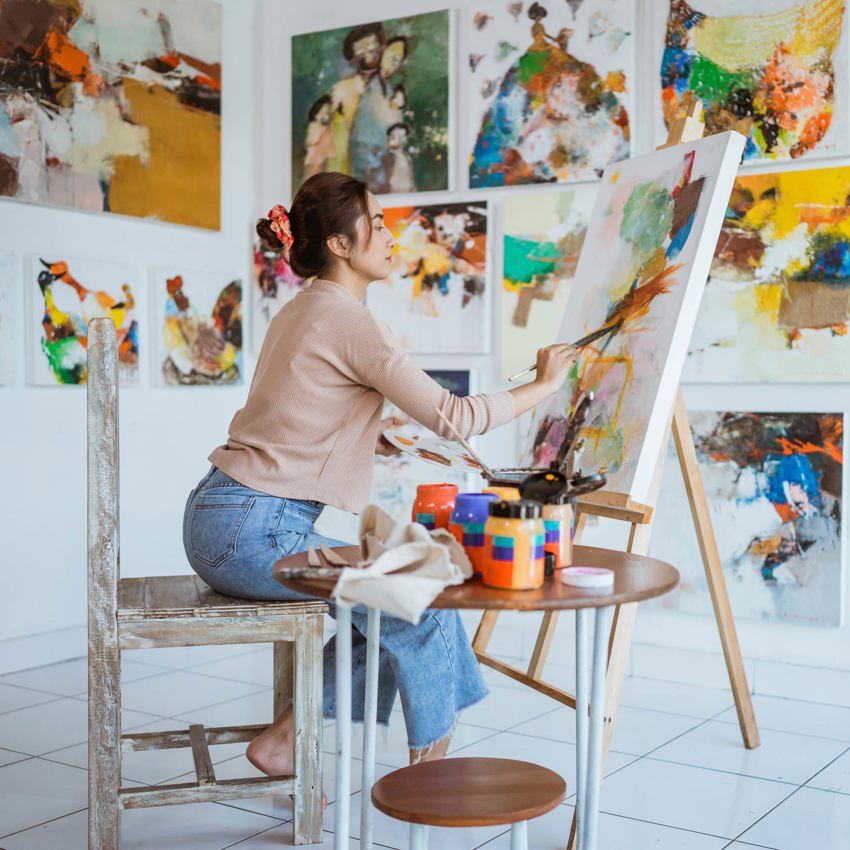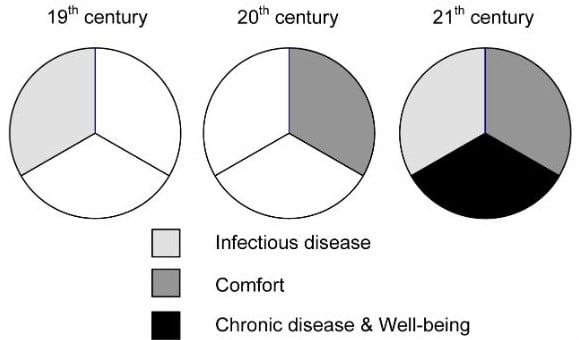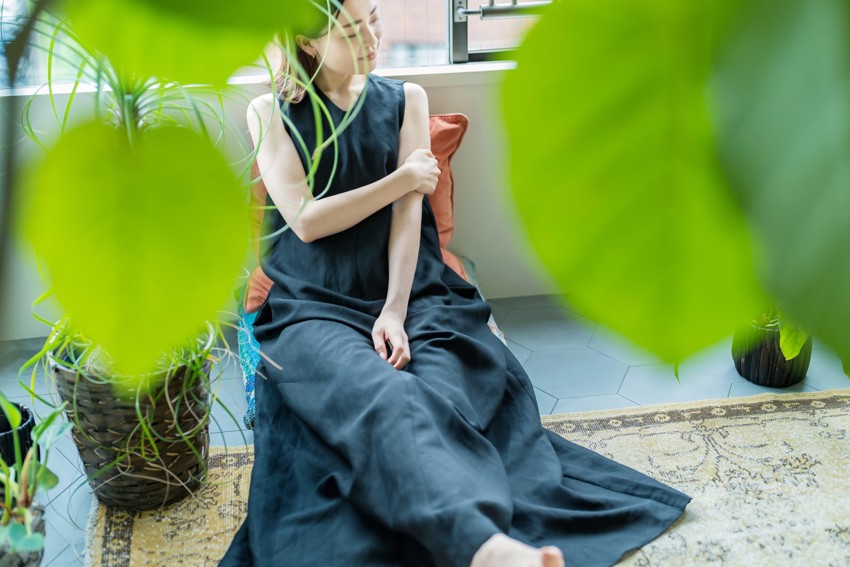Our lives and the environments
Our lives are impatected by the enviromnents we are in. And where we are depends on our activities - things we do during the whole day - throughout the 24-hour cycle of each day, 365 days in a year and during our life. The way our morderns lives are structured now means we spend more time indoors than ever before.
Are we the indoor people?
Living indoors and outdoors
In the stone age (about 2.6 million years ago until about 3,300 B.C), people have spent majority of time outdoors - hunting and looking for food. But now we live in the modern world, which means more time indoors.
Time spent indoors is a fundamental characterictics of human species, i.e. we are basically an indoor species. In a today´s modern society, the time spent outdoors is insignificant part of a day.
Cave, shelter, castle or house - basically any structure over our heads - is a safe place where we feel protected. And today it is a place where we spent majority of time due to our ways of life.
Humans activities are impacted by the location and timing, and also important role is played by the pollutant exposure, epecially by exposure variation. Throughout the history, people we impacted by the outdoor elements (such as air, sun, wind, etc), today it is more about the air pollution, outdoor and indoor particles and also other health related risks from different ilnessess, etc.
Average life in numbers
A person with an average lifespan spends years on everyday, repetitive activities:
- Sleep (and trying to fall asleep) - 33 years
- Time at work - 14 years
- Watching TV and social media - 10 years
- Eating - 4 years
- Holidays, excercising and socializing - 6 years
So we spend most of our time sleeping, and that the time we spend at work comes second.
Ways of modern life
However, with the living habits of modern life are now firmly a part of humans - being the part of indoor generation. Therefore there is a need to understand the implications on people´s health and well-being when living in different environments. And to understand the outdoors and outdoor sources of particles, as well as life indoors and indoor pollutants.
We are a 24/7/365/repeat society and our bodies need to follow the natural rhytms of nature - our circadian rhythm where we adapt our physiology to different phases, to sleep and wake cycles throughout a day. All of this impacts our health and sleep quality and consequently also our happiness.


We spent 90% time indoors! Who said it?
The very much-quoted statistics!
Surprisingly there were many studies performed at the 20th-century gathering human activity patterns and human exposure data. And one marginal study was published in 2001 that was based on the idea of time-budget and money in America, i.e. a time-budget for a person which has 24-hour of different activities and one wants to quantify or “money-fy” it.
The key figure: 87% indoors!
The statistics are clear: in a building (68.7%), outdoors (7.6%), in the car (5.5%), in the office-factory (5.4%), in the restaurant-bar (1.8%), and other indoor locations (11%).
Source: The National Human Activity Pattern Survey (NHAPS): A Resource for Assessing Exposure to Environmental Pollutants, by Neil E. Klepeis and others, and published by the Lawrence Berkeley National Laboratory in 2001, founded by the U.S. Environmental Protection Agency (EPA).
"From the year 1800 to 2000, we’ve gone from 90% of people working outside to less than 20%. In a very short space of time, we’ve gone from being an outdoor species to spending most of our time in dim, dark spaces indoors."
Dr Russell Foster, Head of the Nuffield Laboratory of Ophthalmology and the Sleep and Circadian Neuroscience Institute, University of Oxford
Attention towards health & well-being
From the indoor environment developments during the past three centuries it can be concluded that health had priority in the beginning.
- In the 18th century people wanted to have a healthy environment in buildings in order to prevent the spread of diseases.
- Later, the indoor environment problems were dominated by comfort issues and people wanted to be able to realize comfortable indoor conditions throughout the year.
- After the oil crisis in the 1970s, the main goal was to save as much energy as possible on indoor environment conditioning.
- Towards the end of the 20th century, sustainability became very important.
- And at beginning of the 21st century people regained interest in health in the build environment together with productivity & performance or supporting health and well-being of building occupants.
Over the past three centuries there has been an obvious shift in attention of the three health aims of building services that constitute complete health.

Graphic from: F. Franchimon, “Healthy building services for the 21st century”, Technische Universiteit Eindhoven, 2009

We need outdoor and indoor living
As we are living the majority of our time indoors, we need to be conscious of our surroundings and design the living places accordingly - to be stimulating and comfortable. And there are many ways how to do it.
Connection to nature
Nature reduces stress and also heals, increases creativity, improves attention spans and releases endorphins. The surrounding views, natural light and ventilation should be the focus of people´s homes, workplaces and other spaces - from today and in the future. Blending outdoor and indoor living could be the future in the uncertain times.
Spending more time indoors
Indoors people can also surround themselves by greenery (plants, green walls and even photos of nature). The exposure to greenery and natural landscapes can help to reduce stress, anxiety, pain, boosting mood, etc.
We are increasingly turning into a generation of indoor people where the only time we get daylight and fresh air mid-week is on the commute to work or school. Modern life can often involve an early start to the day, race to work where we spend eight to ten hours inside an office and then straight home, or sometimes making a stop off for groceries or for a quick workout inside a damp and sweaty fitness centre.Peter Foldbjerg, Head of Daylight, Energy and Indoor Climate